Japanese "Dragon Phoenix" will not be reborn from the ashes
Oryu (SS-511) at a shipyard in Kobe, already launched
Same type with her Hakuryu (SS-503) during her arrival at Pearl Harbor in February 2013
Boats of this type are the newest Japanese diesel-electric submarines equipped with air-independent Stirling engines using liquid oxygen and diesel fuel. But Dragon Phoenix differs from its counterparts in that lithium-ion batteries were installed on the boat instead of traditional lead-acid batteries. Innovation was not ignored, and almost everyone who relates to news naval fleet.
The Japanese, of course, triumph, because they managed to promote innovation and build the world's first submarine with such a battery. However, in my opinion, this introduction is not as successful as it is believed in Japan, although it will most likely come to light only in the context of war.
Boat on battery. What are the benefits?
By itself, the idea to put a lithium-ion battery on a submarine belongs obviously to Mitsubishi Corporation, which has a unit engaged in the construction of large industrial drives. Back in 2013, the corporation, together with a large Japanese manufacturer of lithium-ion batteries GS Yuasa, built in Iki (Nagasaki Prefecture) at the power station of Kyushu Electric Power Co. powerful 1,6 megawatt-hour drive. The battery consists of 8 units, each of which is 4,8 meters long, 0,8 meters wide and 2 meters high, weighing 4,6 tons. As you can see, the dimensions of the "battery" are quite suitable for installing it on a submarine.
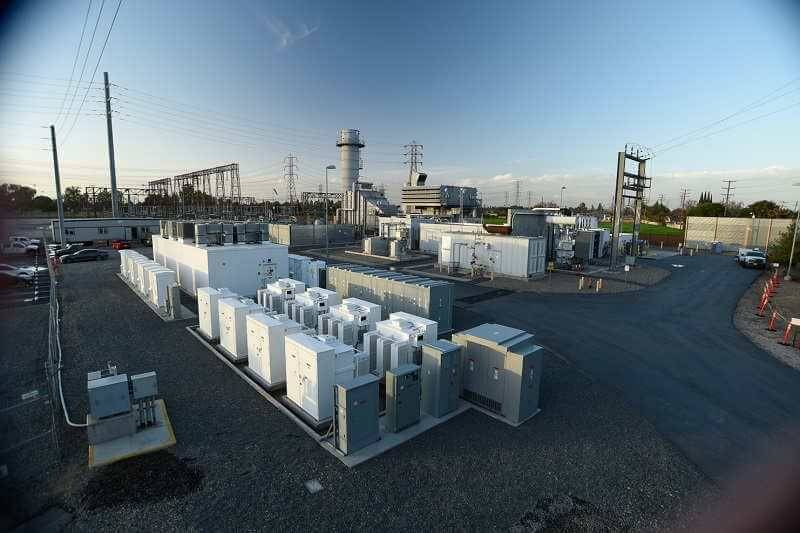
One of the modern lithium-ion drives mounted on a gas turbine power plant. The photo clearly shows that the "battery" is quite compact in size.
Since then, of course, there were still achievements, and in 2017, a Japanese corporation built a lithium-ion drive on the 48 megawatt-hour in the Netherlands. For Japan, the production of powerful lithium-ion drives is a long-established business. With such accumulated experience, it was possible to decide to install a similar storage device on a submarine.
The advantages of a lithium-ion battery over the traditional lead-acid battery for the submarine are two. First, according to my calculations, the lithium-ion battery is 2,3 times smaller in size compared to a lead-acid battery of the same characteristics. Two possibilities follow from this. The first is to replace the old battery with a new one, and to take the free space up with some other equipment or to use it in some way. The second is to install a lithium-ion battery of the same dimensions as the previous one, which will give the boat a much larger supply of energy for underwater travel. Which option was chosen, of course, the Japanese military did not tell us.
Secondly, lithium-ion batteries have a fast charge mode, and a large industrial drive can be charged with 1000 ampere current and higher in just an hour or one and a half.
This, of course, gives the submarine additional tactical advantages. Fast charging allows the boat to operate effectively in areas with strong anti-submarine escort, have more time to leave the pursuit, or longer to be in a submerged position in anticipation of the goal. Also capacious battery allows for an economical course to make quite long crossings under water. In general, the equipment of the Dragon-Phoenix with a large lithium-ion battery suggests that this boat is intended for probing approaches to ports and naval bases where the antisubmarine forces of the enemy likely for Japan usually concentrate (including Russian, of course).
Soryu-type boats, as already mentioned, are equipped with an air-independent propulsion system, which develops the speed of underwater travel to 20 nodes. That is, the boat can make a breakthrough, catch up even a very high-speed target under water and attack it with torpedoes. The Dragon-Phoenix has six nose torpedo tubes with a total ammunition in 30 533-mm torpedoes "Type 89", as well as UGM-84 Sub-Harpoon anti-ship missiles.
In addition, lithium-ion batteries do not require complicated and time-consuming maintenance; they do not emit acid and hydrogen vapors like worn-out lead-acid batteries. With a strong roll there is no danger of electrolyte leakage from the batteries. Also, lithium-ion batteries have a longer service life than lead-acid ones.
In general, all the advantages are evident. Not without reason on this subject arose such a revival. But still, in my opinion, these advantages are evident until the Japanese submarine fell under depth charges.
Significant drawback
For lithium-ion batteries there is one very significant drawback: under certain conditions they are prone to spontaneous combustion, sometimes with an explosion. The cause of the spontaneous combustion is a short circuit of the battery cell, at which an increase in current occurs and warming up. When the temperature reaches 90 degrees, lithium begins to react with electrolyte. Upon further heating to 200 degrees, thermal decomposition of the electrolyte and cathode begins with the release of oxygen. Here at this stage it is possible an explosion with the destruction of the battery. Even if the explosion was not strong and it was enough only for the battery case, a flame center appears, fed by oxygen released during the decomposition of the electrolyte.
The main causes of a short circuit are three. The first is mechanical damage, in which the cathode and the anode are in contact and a short circuit occurs. The second is heating, leading to expansion of the cathode and the anode, accelerating reactions, which leads to a series of microscopic internal short circuits. The third is accelerated charging or overcurrent during charging, whereby dendrites of metallic lithium are formed, which grow from the anode. When the dendrite reaches the cathode, a short circuit will occur.
There are hundreds of cases of explosions and fires of lithium-ion batteries in electronic gadgets, and at least three Tesla electric vehicles burned down. One on the charge, and two - due to mechanical damage. One such case is the most interesting. The battery exploded and caught fire when an electric vehicle collided with a bump stop. Some posts even wrote about battery "detonation". The descriptions of such fires emphasize that the fire appears very quickly and covers the car in a matter of minutes.
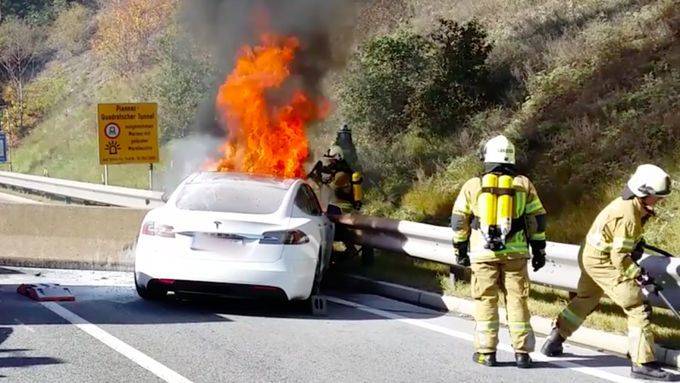
Tesla Model S, burning after a collision with a concrete barrier. Five fire engines and 35 firefighters were putting out this car.
It is difficult to extinguish a burning lithium-ion battery. Water and foam only increase the flame due to the reaction with lithium. Insulation from atmospheric air is possible, but ineffective because oxygen is released inside the battery, along with hydrogen and other combustible gases. Firefighters recommend using powder fire extinguishers or soda, and also advise either to allow the battery to burn out, or to cool it with something.
This general overview shows that placing a lithium-ion battery on a submarine is not a very good idea for combat conditions when depth charges are being dropped onto the boat. As evidenced by extensive military experience, a close explosion of a depth bomb, even without leading to a hole in a sturdy housing, nevertheless, it causes very serious damage: embossed gaskets, seals, valves, stop valves, mechanisms torn from fasteners, broken pipes, damaged and short circuit wiring with fire. All this can damage the battery and can drastically aggravate the situation.
Just as a reminder: how it happens. Shot from the movie Submerged (2001)
All options lead to fire
What are the possible options?
Water leaking and entering the battery well; short circuit with subsequent heating of the battery, explosion and fire. Sea water “short-circuits” electrical equipment is much better than fresh water.
Bounce from a depth charge explosion and damage to battery cells by collision, as well as debris. With all possible precautions and protection of batteries of various kinds of shock absorbers, however, the probability of mechanical damage from the collision of the elements is still very high. This option is very dangerous, since so much of the battery can be damaged, warming up and explosion of the battery can occur faster and with a much greater destructive effect.
Warming up the battery as a result of the fire already on the boat. The battery needs to be heated before the spontaneous combustion process starts, all up to 90 degrees, which is easily achievable for any more or less large fire. History The fires on submarines show that a strong fire heats the compartment bulkheads so quickly and strongly that the fire spreads to the neighboring compartments. If the compartment with the battery pit caught fire, and the fire could not be quickly extinguished, then, without a doubt, the lithium-ion battery in the pit will quickly heat up, explode and catch fire. Let's not forget that on the Soryu-type boat there is a supply of liquid oxygen for the Stirling engine. If the tank with liquefied oxygen is damaged and liquid oxygen enters the combustion zone or finds oil, then you will not envy the crew of a Japanese boat.
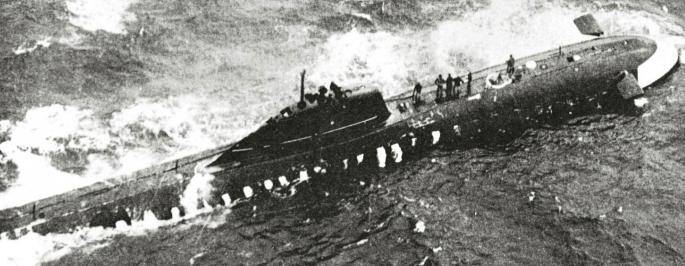
K-8, killed by a strong fire in the Bay of Biscay 9 April 1970
Finally, it is worth adding an accelerated recharge, which negatively affects lithium-ion batteries (the danger of heating and the formation of lithium dendrites). A series of such quick recharges required for fighting in an area with large anti-submarine forces of the enemy, when the time to recharge is limited, the boat may well bring its batteries to such a condition that literally one depth bomb will be able to cause an internal short circuit of the battery cells, warming up and explosion.
Fire on the battery is almost impossible to eliminate the regular boat means. Water can not, it will only increase the fire. Freon is ineffective because the fire is fed by oxygen from the decomposition of the electrolyte. Freon can help with a small fire or dangerous overheating as a coolant. Allowing batteries to burn out is also impossible: they will burn with the boat. You can try to flood the burning battery pit with sea water. To say what this will lead to, it is difficult, apparently, has not yet been conducted such experiments. What happens if you flood a large industrial lithium-ion storage tank with seawater? It seems that such an attempt will only lead to the intensification of the fire and aggravate the situation. If the batteries on the Dragon-Phoenix light up, then the crew will have nothing left but to ascend and leave the ship. The boat, therefore, is unlikely to live up to its name.
Scheme "Dragon Phoenix". If it is true at least in the main, then it is well seen that a boat with the above-described features of lithium-ion batteries has a greatly reduced survivability. Japanese designers have placed one of the battery holes in the same compartment with the central post. A fire on this battery will quickly disable boat control.
It must be emphasized here that all security measures effective in civilian use of lithium-ion batteries will be clearly insufficient for extreme conditions of operation on a submarine, especially if it is pursued and bombarded by an adversary with depth charges. And not only in combat conditions. Leaks and fires are possible on the boat and in peacetime, in the ordinary exit to the sea, not to mention the collisions with surface ships or underwater cliffs. Facing the ship for a boat on a lithium-ion battery is no less dangerous than getting hit by depth charges.
Hence the conclusion. A lithium-ion battery, while having a number of advantages, nonetheless increases the vulnerability of a submarine. Perceptibly increases, and in the most dangerous form of the accident, which can only happen on a submarine, - a fire. Do not consider me a conservative, but the good old lead-acid battery, which won two world wars on submarines of all the warring countries, is still better. At least by the fact that it does not burn.
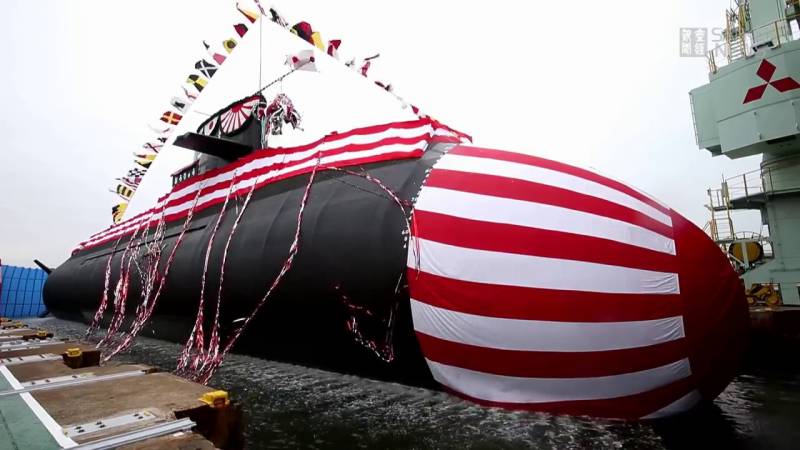
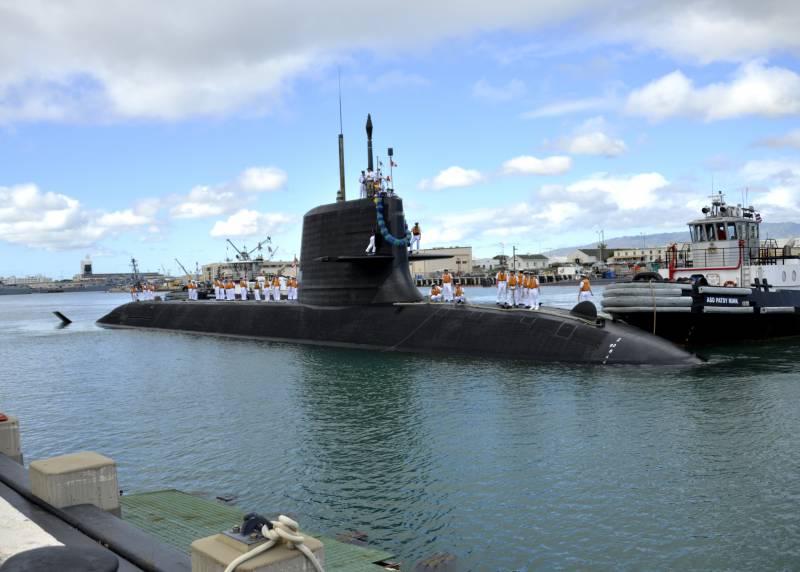
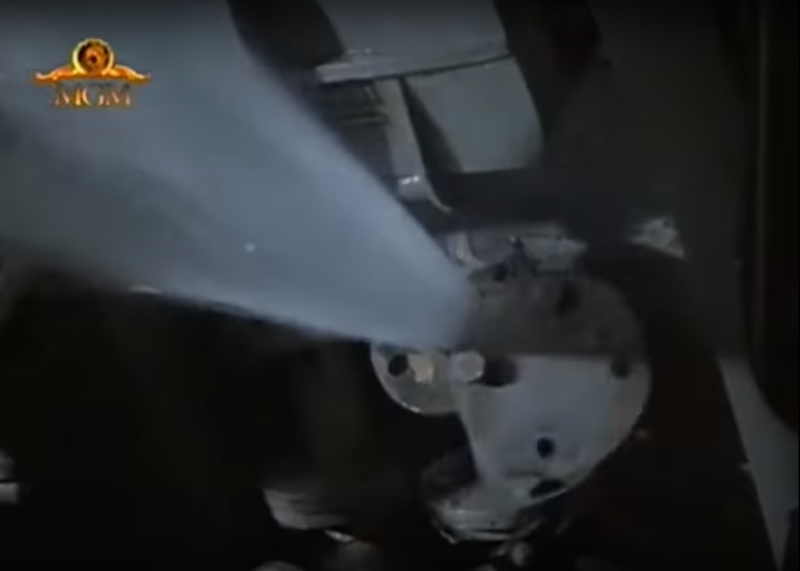
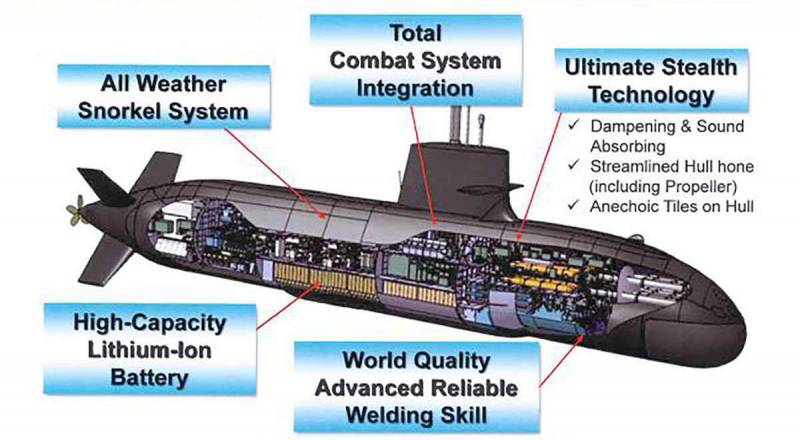
Information